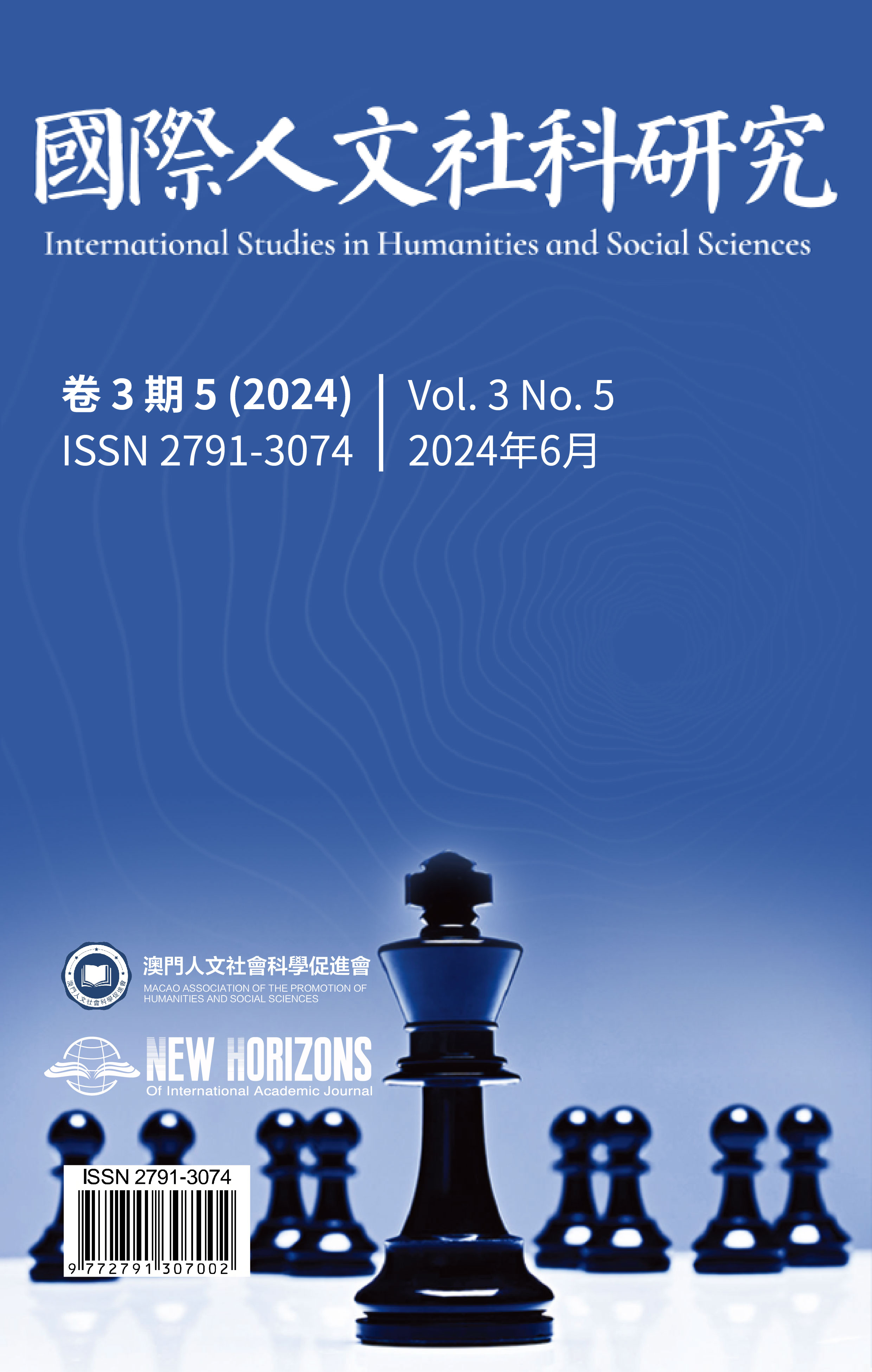Exploring the Worship of Baosheng Dadi and the Homology between between the two sides of the Taiwan Straits : A Historical Study Based on Structural Constructivism
DOI:
https://doi.org/10.63944/c95d3q46Keywords:
Structural Constructivism;Shang Baijiao Ancestor Worship Ceremony; Emperor BaoshengAbstract
The “Shang Baijiao” Ancestor Worship Ceremony (belief in Emperor Baosheng) held annually at the Xuejia Ciji Palace in Tainan City, Taiwan Province, originated from Zhangzhou and symbolizes the remote worship of ancestors from the mainland across the strait. This tradition has been passed down for over 350 years in Taiwan. The ancestor worship activity possesses unique haracteristics, profound historical depth, and a close connection to the development history of Fujianand Taiwan regions, serving as a powerful testament to the shared roots and origins of both sides of the Taiwan Strait.From the perspective of structural constructivism theory, the “Shang Baijiao” Ancestor Worship Ceremony constitutes shared knowledge between both sides of the strait, shaping the identities and interests of China’s mainland and Taiwan as unit subjects. On the one hand, it promotes the shaping of a Chinese national identity across the strait. On the other hand, it fosters inseparable common interests between the two sides. The shaping of identity and interests plays a constructive role in forming a social structure of the Chinese nation as a community of shared future, which will also facilitate the early realization of peaceful reunification across the strait.










